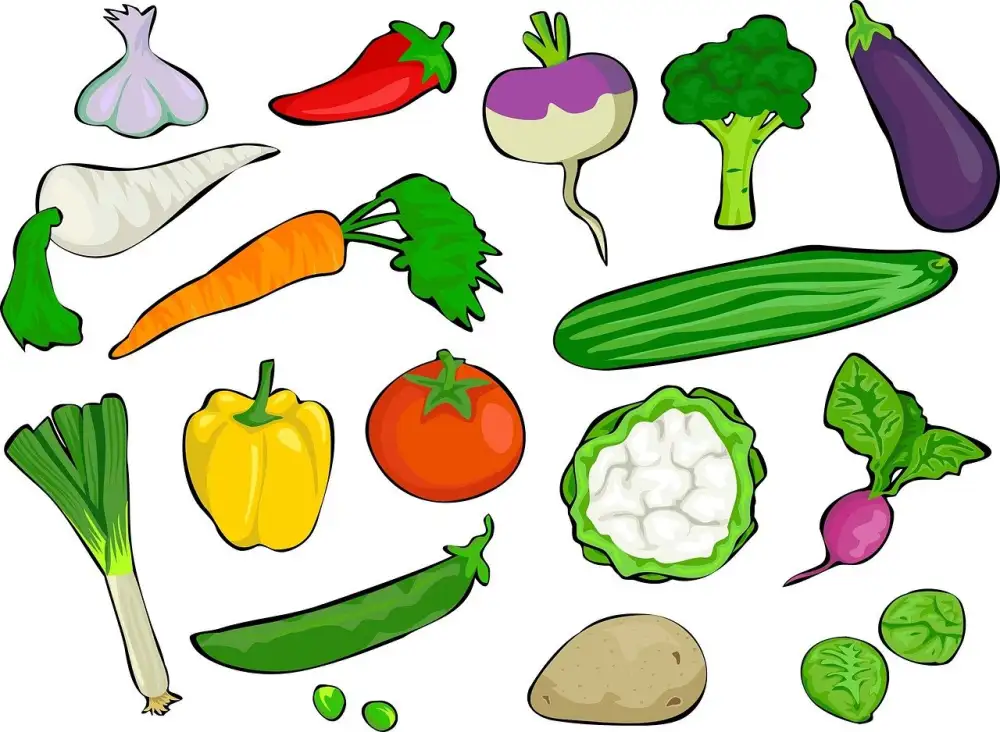Elevate Your Culinary Adventure with Delectable Turnip Greens: A Nutritious and Flavorful Delight!

Turnip greens, the leafy tops of turnip plants, are a delightful addition to any culinary adventure. These vibrant and nutritious greens have been enjoyed for centuries, adding a burst of flavor to dishes around the world. With their earthy taste and tender texture, turnip greens offer a unique twist to traditional greens like spinach or kale. Whether you're a seasoned chef or an adventurous home cook, exploring the world of turnip greens is sure to elevate your food experience. So let's dive in and discover the wonders of this versatile ingredient!
Health Benefits of Turnip Greens
Turnip greens are not only delicious but also packed with numerous health benefits. These vibrant leafy greens are a great source of vitamins A, C, and K, which are essential for maintaining healthy skin, boosting the immune system, and promoting blood clotting. They are also rich in antioxidants that help fight inflammation and protect against chronic diseases like heart disease and cancer. Additionally, turnip greens contain calcium and magnesium, which support strong bones and teeth. Incorporating these nutritious greens into your diet can contribute to overall well-being and enhance your culinary adventure.
Nutritional Value of Turnip Greens
Turnip greens are a nutritional powerhouse, packed with essential vitamins and minerals. They are an excellent source of vitamin K, which is crucial for bone health and blood clotting. Additionally, turnip greens are rich in vitamin C, which boosts the immune system and promotes collagen production. They also contain high levels of vitamin A, known for its role in maintaining healthy vision. Turnip greens are a good source of calcium, iron, and potassium, important minerals for overall well-being. With their low calorie content and high fiber content, turnip greens make a nutritious addition to any diet.
How to Select and Store Turnip Greens
When selecting turnip greens, look for fresh, vibrant leaves that are crisp and free from wilting or yellowing. Avoid any bunches with slimy or discolored leaves. Opt for smaller, younger leaves as they tend to be more tender and flavorful.
To store turnip greens, remove any rubber bands or ties and place them in a plastic bag lined with paper towels. This will help absorb excess moisture and keep the greens fresh for longer. Store them in the refrigerator's crisper drawer, where they can stay fresh for up to a week.
Remember to wash the turnip greens thoroughly before using them. Remove any tough stems or wilted leaves and give them a good rinse under cold water. Pat them dry with a clean kitchen towel or use a salad spinner to remove excess moisture before cooking. Properly selecting and storing turnip greens ensures you get the best quality and flavor in your culinary creations.
Popular Culinary Uses of Turnip Greens
Turnip greens are a versatile ingredient that can be used in a variety of culinary creations. They have a slightly bitter and peppery taste, which adds depth and flavor to dishes. One popular way to enjoy turnip greens is by sautéing them with garlic and olive oil. This simple preparation allows the natural flavors of the greens to shine through.
Another popular use for turnip greens is in soups and stews. They add a hearty texture and vibrant color to these dishes, making them both visually appealing and delicious. Turnip greens can also be added to salads for an extra burst of freshness and crunch.
For those looking for a unique twist, turnip greens can be used as a filling for dumplings or as a topping for pizzas. Their robust flavor pairs well with other ingredients, creating a delightful combination of tastes.
Overall, turnip greens are a versatile ingredient that can elevate any dish. Whether you choose to sauté them, add them to soups, or experiment with new recipes, their nutritious and flavorful qualities will surely delight your taste buds.
Delicious Turnip Greens Recipe Ideas
1. Sautéed Turnip Greens with Garlic: Heat olive oil in a pan, add minced garlic and cook until fragrant. Add chopped turnip greens and cook until wilted. Season with salt and pepper.
2. Turnip Green Salad: Toss fresh turnip greens with cherry tomatoes, sliced red onions, crumbled feta cheese, and a lemon vinaigrette dressing for a refreshing salad.
3. Creamy Turnip Green Soup: In a pot, sauté diced onions and garlic until translucent. Add chopped turnip greens, vegetable broth, and simmer until tender. Blend the mixture until smooth, then stir in cream for a creamy finish.
4. Turnip Green Pesto Pasta: Blend blanched turnip greens with pine nuts, Parmesan cheese, garlic, and olive oil to create a flavorful pesto sauce. Toss with cooked pasta for a vibrant and nutritious meal.
5. Turnip Green Stir-Fry: Heat sesame oil in a wok or skillet, add sliced bell peppers, carrots, and turnip greens. Stir-fry until vegetables are crisp-tender. Season with soy sauce and serve over steamed rice.
6. Stuffed Turnip Green Rolls: Blanch large turnip green leaves until pliable. Fill each leaf with a mixture of cooked quinoa, diced vegetables, herbs, and feta cheese. Roll tightly and bake until golden brown.
These recipe ideas will elevate your culinary adventure with turnip greens by showcasing their unique flavors in various dishes that are both delicious and nutritious!
Tips for Cooking Turnip Greens
1. Wash thoroughly: Before cooking turnip greens, make sure to wash them thoroughly to remove any dirt or grit. Trim off any tough stems and discard any wilted leaves.
2. Blanch before cooking: To reduce bitterness, blanch the turnip greens in boiling water for a few minutes and then drain. This will help mellow out their flavor.
3. Season well: Turnip greens have a slightly bitter taste, so it's important to season them well to balance out the flavors. Add ingredients like garlic, onions, red pepper flakes, or vinegar to enhance their taste.
4. Cook with other ingredients: Turnip greens pair well with other vegetables and meats. Consider sautéing them with onions and bacon or adding them to soups, stews, or stir-fries for added flavor and texture.
5. Cook until tender: Turnip greens can be tough if not cooked properly. Simmer them gently until they become tender but still retain some bite. Overcooking can result in a mushy texture and loss of nutrients.
6. Use in various dishes: Don't limit yourself to just one way of using turnip greens. They can be used in salads, pasta dishes, quiches, or even as a topping for pizzas.
By following these tips, you can ensure that your turnip greens are cooked to perfection and provide a delicious addition to your culinary adventures!
In conclusion, turnip greens are a versatile and nutritious addition to any culinary adventure. With their rich flavor and abundance of health benefits, they are truly a delight for the taste buds and the body. Whether sautéed, steamed, or added to soups and stews, turnip greens can elevate any dish with their vibrant color and unique taste. So next time you're at the market, don't forget to pick up some fresh turnip greens and embark on a delicious and nutritious journey in your kitchen!
Published: 23. 11. 2023
Category: Food



